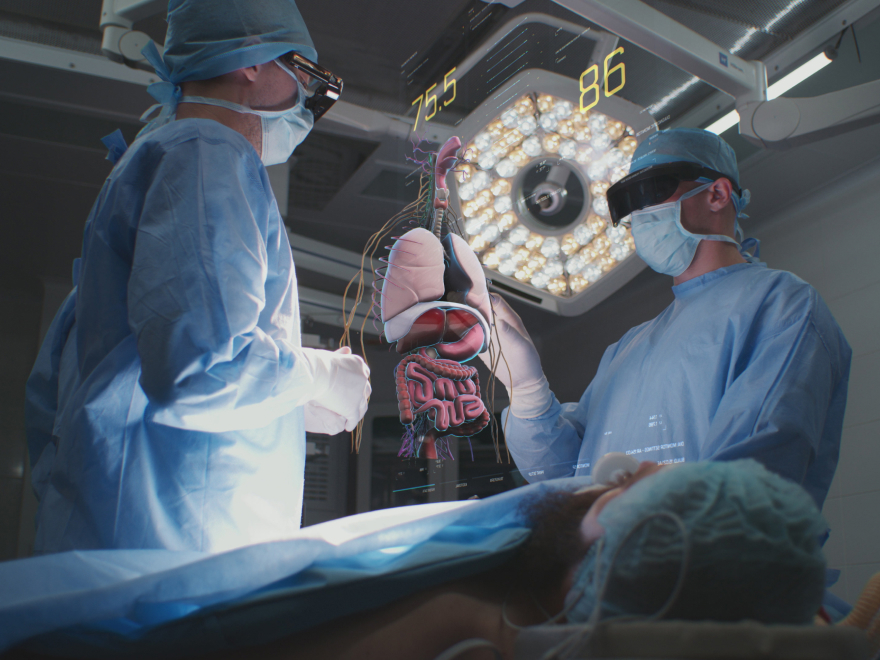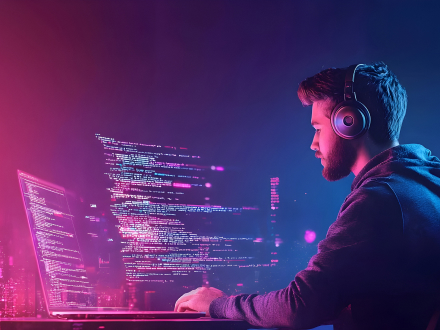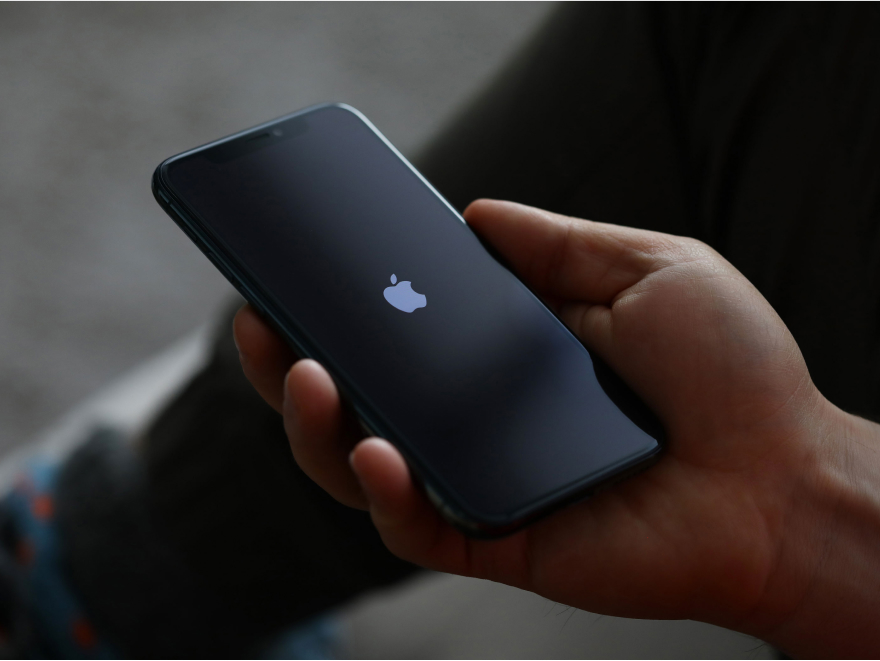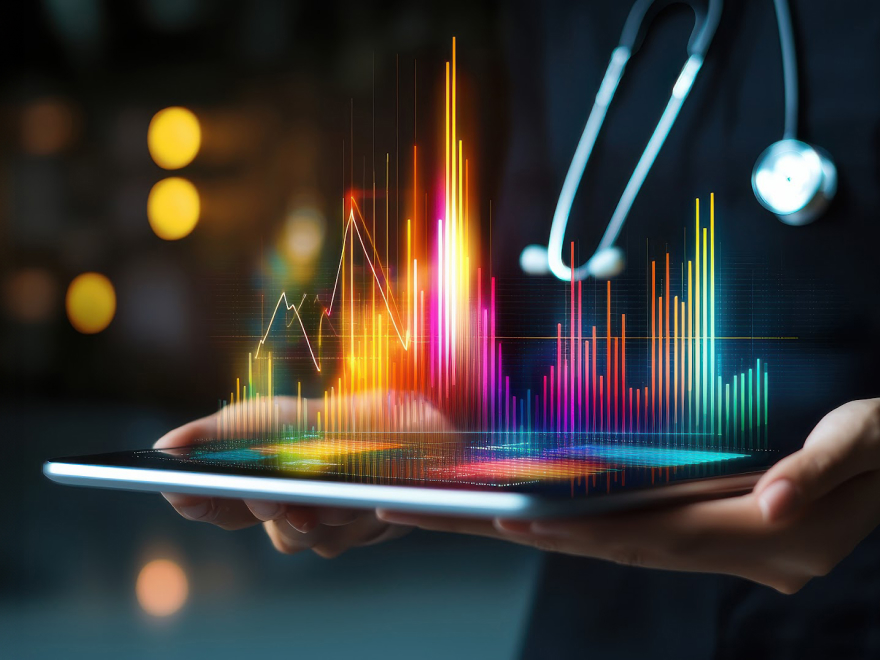Bitte hinterlassen Sie Ihre Kontaktdaten, wir senden Ihnen dann unsere Übersicht per E-Mail zu
Ich stimme der Verarbeitung meiner persönlichen Daten zu, um personalisiertes Marketingmaterial in Übereinstimmung mit der der Datenschutzrichtlinie geschickt zu bekommen. Mit der Bestätigung der Anmeldung erklären Sie sich damit einverstanden, Marketingmaterial zu erhalten
Vielen Dank!
Das Formular wurde erfolgreich abgeschickt.
Weitere Informationen finden Sie in Ihrem Briefkasten.
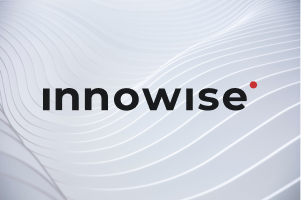
Innowise ist ein internationales Softwareentwicklungsunternehmen
Unternehmen, das 2007 gegründet wurde. Wir sind ein Team von mehr als 2000+ IT-Experten, die Software für andere
Fachleute weltweit.
Über uns
Services
Technologien
Branchen
Portfolio
de Deutsch
Sprache auswählen
Über uns

Innowise ist ein internationales Softwareentwicklungsunternehmen
Unternehmen, das 2007 gegründet wurde. Wir sind ein Team von mehr als 2000+ IT-Experten, die Software für andere
Fachleute weltweit.
Überblick downloaden
Technologien
Alle Technologien